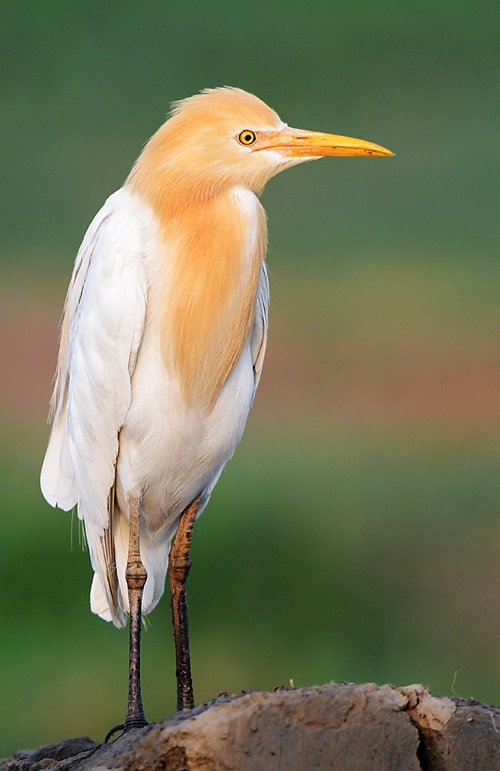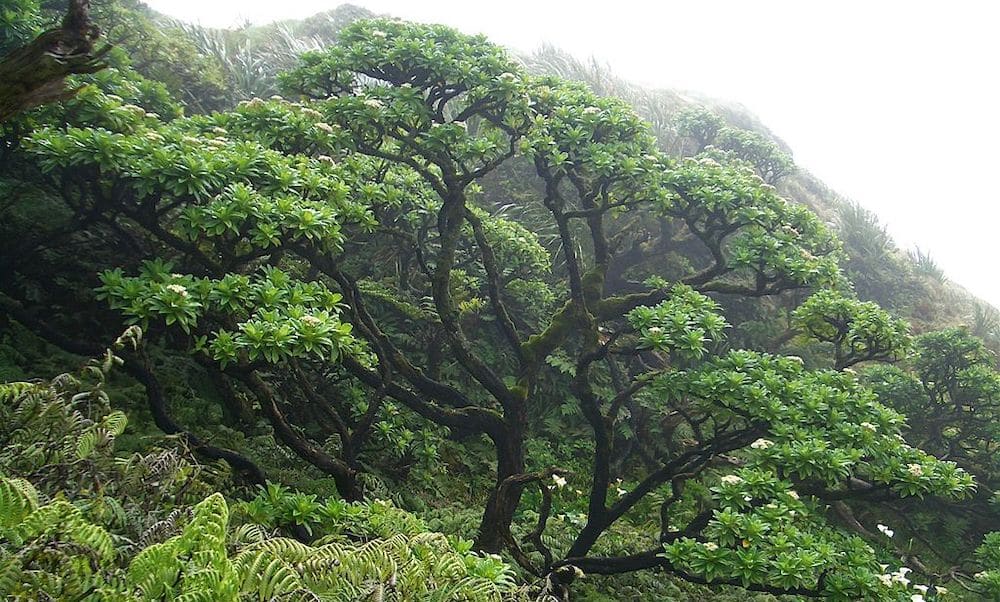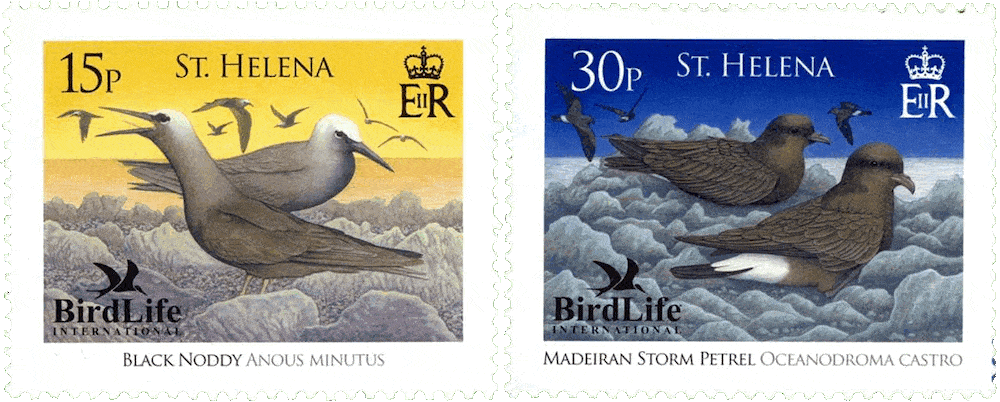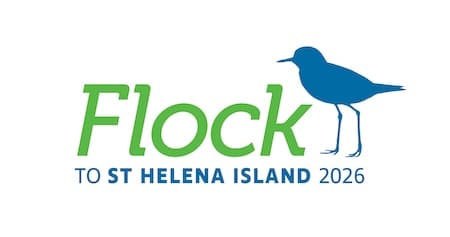St Helena

Saint Helena (named after St Helena of Constantinople) is an island of volcanic origin and a British overseas territory in the South Atlantic Ocean, which consists of Saint Helena, and the dependencies of Ascension Island and Tristan da Cunha. Saint Helena is a volcanic and tropical island, located in the South Atlantic Ocean, some 1,874 km west of mainland Africa, with Angola and Namibia being the closest nations, geographically. The island is located around 1,950 km west of the coast of southwestern South Africa, and 4,000 km east of Rio de Janeiro, Brazil. Measuring about 16 by 8 km (10 by 5 miles), it has a total area of just 122 km2 (47 square miles), and is composed largely of rugged, volcanic terrain. The population is small and relatively stable at 5,237 people.
There are several rocks and islets off the coast, including: Castle Rock, Speery Island, The Needle, Lower Black Rock, Upper Black Rock (South), Bird Island (Southwest), Black Rock, Thompson’s Valley Island, Peaked Island, Egg Island, Lady’s Chair, Lighter Rock (West), Long Ledge (Northwest), Shore Island, George Island, Rough Rock Island, Flat Rock (East), The Buoys, Sandy Bay Island, The Chimney, White Bird Island and Frightus Rock (Southeast), all of which are within one kilometre of the shore. The centre of Saint Helena is covered by forest, of which some has been planted, including the new Millennium Forest Project. The temperature is also two to three degrees cooler in the highlands, and it has heavier and more reliable rainfall than the rest of the island. It contains most of the island’s endemic flora & fauna including insects and birds. The coastal areas are barren, covered in volcanic rock and are warmer and drier than the centre of the island.

St Helena Cabbage Tree – Public domain, via Wikimedia Commons
When the island was discovered, it was covered with unique (indigenous) vegetation, including the remarkable Black Cabbage Tree Melanodendron integrifolium species of St Helena and still contains a high proportion of endemic species. The island’s hinterland must have been a dense tropical forest but the coastal areas were probably quite green as well. The modern landscape is very different, with widespread bare rock in the lower areas, although inland it is green, mainly due to introduced vegetation. The dramatic change in landscape must be attributed to the introduction of goats and alien plants. As a result, the string tree Acalypha rubrinervis and the St Helena olive Nesiota elliptica are now extinct, and many of the other endemic plants are threatened. The highest point of the island is Diana’s Peak at 2,684 feet. In 1996 it became the island’s first national park. Much of the island is covered by New Zealand flax, a legacy of former industry, but there are some original trees augmented by plantations, including those of the Millennium Forest project, which was established in 2002 to replant, particularly with indigenous gumwood, part of the lost Great Wood and is now managed by the Saint Helena National Trust.
The climate of Saint Helena is tropical, marine and mild, tempered by the Benguela Current and trade winds that blow almost continuously. The climate varies noticeably across the island. Temperatures in Jamestown, on the north leeward shore, are in the range 21 to 28 °C in the summer (January to April) and 17 to 24 °C during the remainder of the year. The temperatures in the central areas are, on average, 5 to 6 °C lower. Jamestown also has a very low annual rainfall, while 30 to 39 inches falls per year on the higher ground and the south coast, where it is also noticeably cloudier.
Saint Helena is one of the most isolated places in the world, located more than 2000 km (1200 miles) from the nearest major landmass. There was no airport until 2017, so travel to the island was by ship only. The RMS Saint Helena berthed in James Bay approximately thirty times per year and called on such other ports as Cape Town, Ascension Island, Tenerife, Vigo, Walvis Bay and Isle of Portland, UK.
Birding Saint Helena
Saint Helena is not now a major breeding site for seabirds (as is Ascension), but it used to have more endemic birds, all but one of which are now extinct. The ‘Wirebird’ Charadrius sanctaehelenae is a type of plover which nests in burrows around the island, and is the national bird. It is called the Wirebird due to its thin legs that look like wire. Extinct endemic birds included the Large Saint Helena Petrel, Small Saint Helena Petrel, Saint Helena Crake, Saint Helena Swamphen, Saint Helena Dove, Saint Helena Cuckoo and, most famously, the Giant Hoopoe.

St Helena Postage Stamp Issue Celebrating BirdLife International
Much of the island has been identified by BirdLife International as being important for bird conservation, especially the endemic Saint Helena plover or wirebird, and for seabirds breeding on the offshore islets and stacks, in the north-east and the south-west Important Bird Areas.
-
Wikipedia
Wikipedia Page
-
Number of bird species: 72
(As at August 2024)National Bird: St Helena Plover (Wirebird) Charadius sanctaehelenae
Number of endemics: 1
St Helena Plover (Wirebird) Charadius sanctaehelenae
-
Avibase
PDF ChecklistThis checklist includes all bird species found in St. Helena island , based on the best information available at this time. It is based on a wide variety of sources that I collated over many years. I am pleased to offer these checklists as a service to birdwatchers. If you find any error, please do not hesitate to report them. -
Wikipedia
Annotated ListIncludes other islands -
eBird
PDF ChecklistThis checklist is generated with data from eBird (ebird.org), a global database of bird sightings from birders like you. If you enjoy this checklist, please consider contributing your sightings to eBird. It is 100% free to take part, and your observations will help support birders, researchers, and conservationists worldwide.
-
A Guide to the Birds of St Helena and Ascension Island
| By Neil McCulloch | RSPB | 2004 | Paperback | 92 Pages, Colour Illustrations | Out of Print | ISBN: 9781901930467 Buy this book from NHBS.com -
St Helena and Ascension Island: A Natural History
| By Philip & Myrtle Ashmole | Anthony Nelson | 2000 | Hardback | 475 pages, 32 pp colour illustrations, line drawings, maps, diagrams, cased | Out of Print | ISBN: 9780904614619 Buy this book from NHBS.com -
The Birds of St Helena
| By Beau W Rowlands | BOU | 1998 | Hardback | 295 pages, 50 colour photos, maps | Out of Print | ISBN: 9780907446200 Buy this book from NHBS.com
-
Museum of St Helena
WebsiteThe origin of the Museum of St Helena begins in 1854 with the opening of St Helena Museum; among its contents were a sea serpent and a flying lizard!
-
African Bird Club - St Helena
WebpageThe UK Overseas Territory of St Helena is one of the most remote inhabited islands in the world and consequently has been relatively little visited by ornithologists. Prior to the colonial period, the island supported a surprising diversity of endemic bird species paralleled by large-scale endemism amongst invertebrates and plants… -
Saint Helena National Trust
WebsiteThe Saint Helena National Trust is an independent not-for-profit organization which aims to preserve Saint Helena’s environmental and cultural heritage. It was founded on 22 May 2002, the 500th anniversary of Saint Helena’s discovery. The Patron of the Trust is HRH The Duke of York. With Honorary Members: Mrs Jessica March MBE and the late Mr George Benjamin BEM
-
National Conservation Areas
WebpageSatellite ViewSt Helena has designated 23 National Conservation Areas (NCAs) under the Land Development Control Plan. The NCAs are split into four types: National Parks (3); Nature Reserves (6); Important Wirebird Areas (5) and Historic Conservation Areas (9). The Environmental Management Division (EMD) will be leading the development of plans to guide the management of the 14 ‘natural’ NCAs i.e the National Parks, Nature Reserves and Important Wirebird Areas.
-
BirdQuest
Tour OperatorATLANTIC ODYSSEY – South Georgia, Gough, Tristan da Cunha, St Helena, Ascension and Cape Verde Islands, with Antarctica Extension -
FieldGuides
Tour OperatorSouth Georgia to Tristan da Cunha and St. Helena -
Rockjumper
Tour OperatorOur voyage traverses some of the most interesting areas in the Southern Ocean; including South Georgia, Gough Island, the Tristan da Cunha archipelago, and St. Helena... -
Tropical Birding
Tour OperatorThe Mid Atlantic islands of Tristan da Cunha, Saint Helena, and Gough are among the most remote inhabited places on Earth. This once-in-a-lifetime voyage takes you to several of the Mid Atlantic islands. Each of these islands is a paradise for birders and cetacean enthusiasts, promising a wealth of amazing sightings, from endemic birds to breathtaking mountainous and volcanic landscapes.
-
2018 [03 March] - Phil Hansbro
PDF Report...y. We awoke in sight of St Helena and most people were on the decks as we sailed in for a couple of hours. It was an excellent show with a Bulwer’s Petrel and some St Helena Band-rumped Storm-Petrels early and then more of the local island birds after that. These were in fine plumage and not moulting and therefore are the late breeding population. Most of the other seabirds have left the colonies by this time... -
2018 [04 April] - John's Hong Kong Birding
BLOG ReportWhite Terns breed in the big trees along the seafront, and on platforms put up for them where their nest cavities have been covered with anti-landslide mesh. -
2020 [03 March] - Indigo Safaris
ReportAlthough my third visit, and my longest, in three years, the island continues to enchant with its mix of history, stunning and varied landscapes...
-
Birding & Wildlife
PDFThe endemic Wirebird (St Helena Plover) is a source of national pride and a tour to observe its behaviour in the wild is not to be missed


